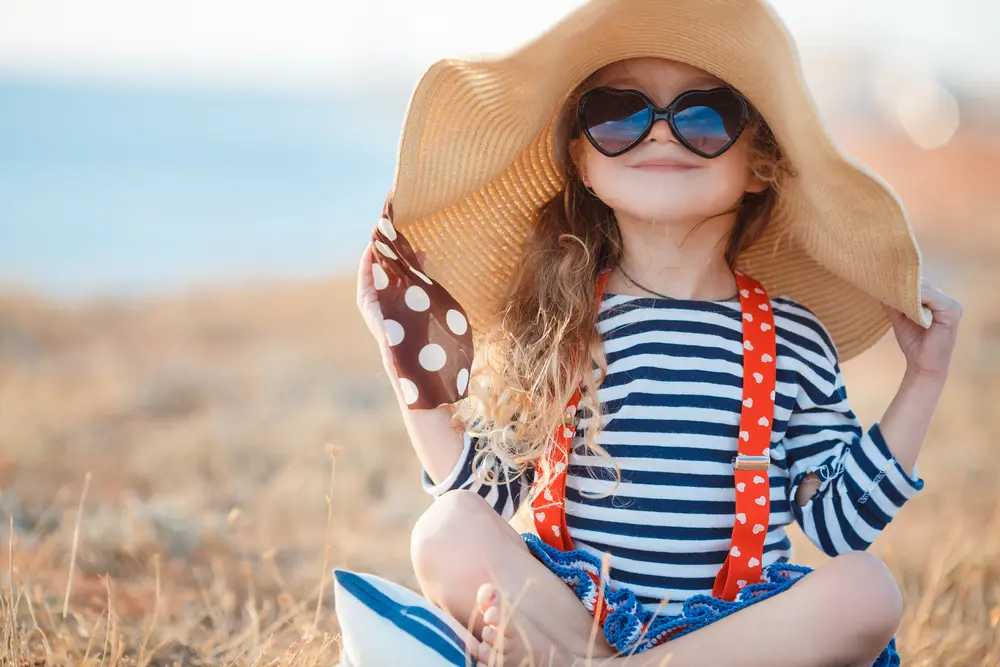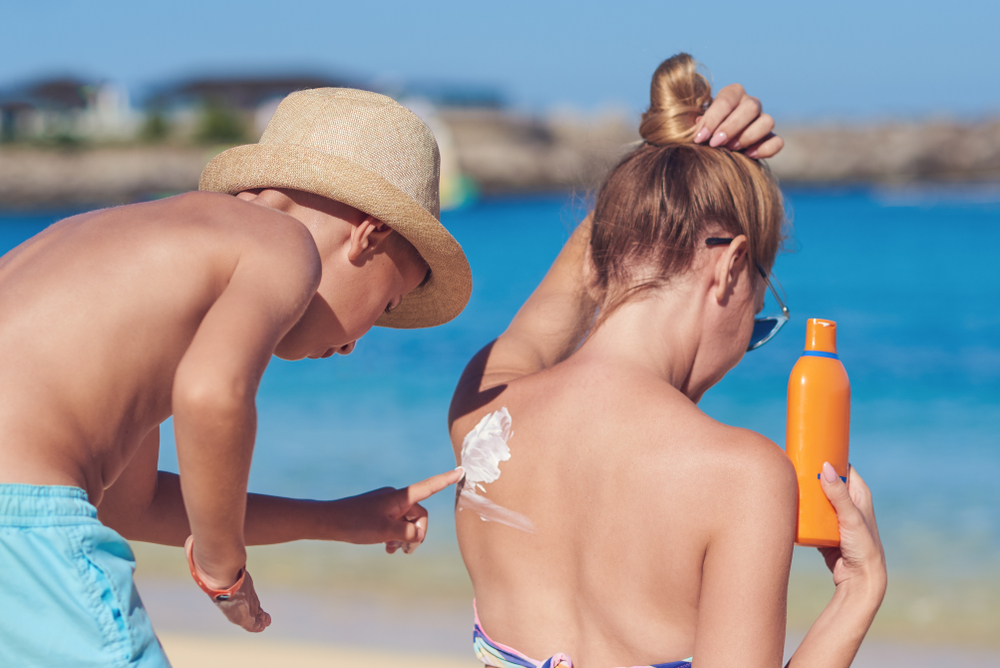
7 Reasons oats for dry, itchy skin are nature's best kept secret
When dry skin is making you wish it was socially acceptable to wear a moisturizing mask to work, it's probably...

You've taught your children the fundamental rules of safety. They know about the importance of eating healthy foods and looking both ways before crossing the street. But has sun safety for kids made the syllabus yet?
Youngsters' skin is typically thinner and more sensitive than adults', which makes it especially vulnerable to the sun's rays. In fact, studies show that frequent unprotected sun exposure (and sunburns) in early life can lead to higher rates of melanoma later on.
Teaching kids how to stay protected in the sun early on will help them maintain healthy skin throughout the rest of their lives. Here are five ways you can help little ones understand the importance of proper sun protection.
Start your kids off on the right foot by showing them how to shield their skin from sun damage with hats and protective clothing. No matter what they wear, though, they should apply a broad spectrum sunscreen with an SPF of 30 or higher every day.
On family beach trips, ask them to help you find an open spot on the sand. Remind them to seek out natural shade or grab umbrellas to block the sun. They should know that UV damage can also affect their eyes, so explain why it's bad to look at the sun and drive the point home by purchasing fun sunglasses. Children can wear eye protection starting at six months of age.
 2. Explain that time of day really matters
2. Explain that time of day really mattersYes, daily sunscreen use is key to healthy skin, but it's also a good idea to explain how the risk of sun damage changes during the day! Note that UV rays are at their strongest between 10 a.m. and 4 p.m., and get kids in the habit of applying sunscreen before heading out to play during this time period.
A fun way to instill this lesson in your children is with the shadow game. If their shadow is short, that means the sun is higher (and therefore more powerful). Suggest that they find a shaded spot to play in. As the sun drops lower, they can expand their play area.
Sunscreen isn't as effective if it's applied improperly. Make sure your child knows that they need to reapply the product every two hours or after swimming or sweating. This goes for waterproof sunscreen too! It's a good idea to get them in the habit of coming to you for a fresh application after activities where their skin gets wet. Older children can reapply themselves, but a reminder never hurts!
Keep sun protection simple by stocking up on products that are easy to apply. Stick sunscreens are super portable and perfect for swiping on face, ears and shoulders. Have your kids practice applying a couple layers of stick sunscreen to exposed areas and rubbing the product into their skin. Small children may need help with applying spray sunscreens (keep in mind that these should always be rubbed into skin for even coverage). Even as kids get older and start applying sun protection themselves, make sure they're using enough product to be effective.
Once your child hits the teen years, don't be surprised if they start talking about wanting tan, sun-kissed skin. It's common! You can use this as an opportunity to teach them that there is no such thing as a "healthy tan" and that any skin burning or tanning is actually a sign of skin damage.
Tanning beds are especially hazardous to teens (and anyone else under the age of 35), increasing their risk of developing melanoma by almost 60 percent. If bronzed skin is an absolute must, turn them on to a self-tanning lotion, so they can get a tan while staying within the guidelines of sun safety for kids.
You can talk about sun protection all day long, but if you aren't modeling proper UV defense yourself, chances are your lessons will fall on deaf ears. Let your kids see you applying sunscreen each morning and staying out of direct sunlight during the hottest time of the day.
Remember to cover up when gardening or spending time outdoors, and reapply sunscreen as necessary. After some time, your safe sun practices are sure to rub off on your kids. And that healthy, youthful skin of yours will show them why it's so important to start young!

Durante generaciones, se ha conocido que las propiedades humectantes de la avena coloidal, que ayudan a restaurar, nutrir y aliviar la barrera para la humedad de la piel, ayudan también con las afecciones de la piel complicadas. La avena coloidal es el ...